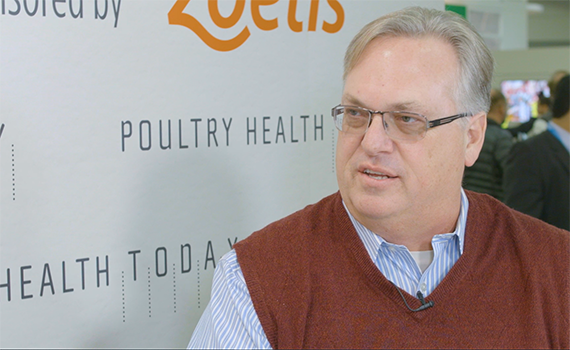Addressing consumers' misconceptions about antibiotic use in poultry
Consumers’ limited exposure to poultry production fuels their misconceptions and concerns about the poultry industry, said Gary Thornton, editor of Poultry USA.
“The public can see cattle grazing on pasture and corn growing in the field, but they aren’t able to see any aspect of modern poultry production.”
During an interview with Poultry Health Today, he outlined consumers’ current concerns — mostly centered on antibiotic use.
“They are worried that antibiotics used on the farm will end up in their food, that there is limited FDA or veterinary oversight on antibiotic use, and that the use of antibiotics in poultry will lead to the development of resistant pathogens,” he explained.
Filling in the blanks
According to Thornton, one of the poultry industry’s biggest opportunities is to be transparent about all phases of poultry production.
“When people can’t see what’s going on in the poultry barn or processing plant, they turn to the Internet and let activists fill in the blanks for them,” he said.
In the past, the poultry industry has focused its message on the science and economics of poultry production. But today, he added, the industry needs to use different language and approaches to deliver the message to a public obsessed with their food.
“I think now we need to put a human face on the message to help consumers understand and have confidence in our industry,” Thornton said. “If the poultry industry doesn’t supply consumers with a message they can understand, another party outside the industry will.”
Understanding tradeoffs
Thornton thinks an important first step toward understanding the complex topic of antibiotic use is establishing an ethical and social dialogue that includes consumers, regulators, human medicine practitioners, NGOs and the poultry industry.
“We need to explain that — on every level — there are tradeoffs for the new regulations on antibiotic use. The public’s fears over antibiotic resistance must be balanced against the responsibility of the veterinarian to care for the health and welfare of the flock,” he stressed.
Consumers give veterinarians a high approval rating for trustworthiness putting them in a good position to tell the story of poultry production.
According to Thornton, when veterinarians meet a new people in their neighborhood or fly on an airplane and their seat mate discover they are poultry veterinarians, they often learn about misconceptions regarding antibiotic use in the poultry industry.
He says the updated veterinary feed directive rules coming to the US in January 2017 provide opportunities for the industry and its veterinarians to tell its story about responsible antibiotic use.
“We have very professional individuals [in the poultry industry] who are on call 24/7 to care for our flocks and would be good spokespersons for the industry,” Thornton said. “We have to earn the consumer’s trust.”
One of the challenges today is that access to the Internet brings people from all backgrounds and walks of life to ag-related sites, including poultry. Topics familiar to poultry producers are often misunderstood by those outside the industry, he added. The key is to show understanding for their concerns and address them clearly and honestly.
Posted on December 15, 2016
 We’re glad you’re enjoying
We’re glad you’re enjoying










